Announcements
|

NSF Arecibo Observatory Options Workshop
The NSF released a Dear Colleague Letter (NSF 21-055) notifying the community about an upcoming Arecibo Observatory Options Workshop.
|
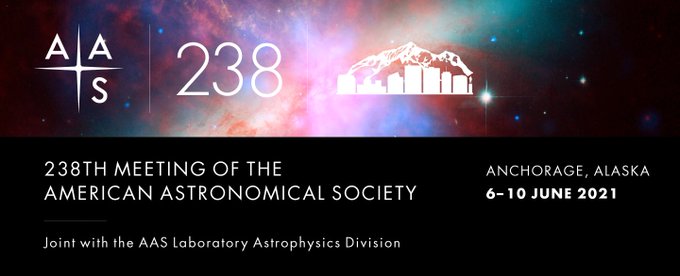
238th AAS Meeting - The Arecibo Telescope: Legacy and Future Splinter Meeting
A splinter session dedicated to the Legacy and Future of the Arecibo Observatory will be held on June 8th during the 238th AAS Meeting. More details will be available soon.
|
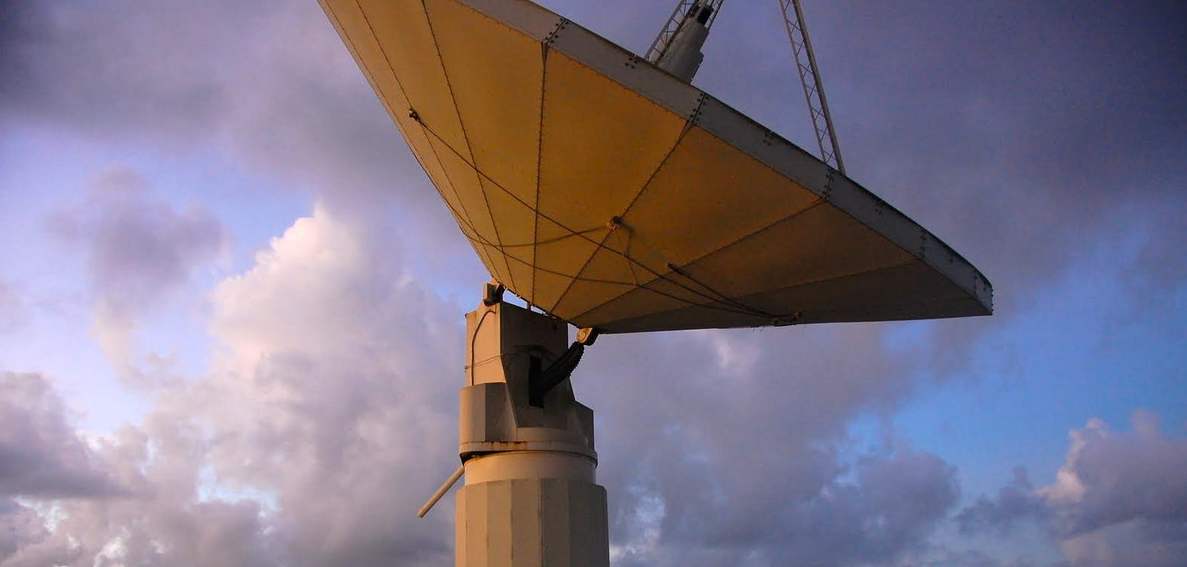
Arecibo 12m Telescope for Radio Astronomy Observations
Email Dr. Anish Roshi expressing your interest in using the 12m antenna when it becomes active. Click here for more information.
|
|
|
|
|

Arecibo Planetary Radar Observations Viewing Gallery
A new repository of small body Arecibo radar observations, hosted by the Lunar and Planetary Institute (LPI), is now available. The repository includes information on asteroids studied by Arecibo, along with radar echo-power spectra and a sample of radar images if available. The repository will continue to be updated and will include downloadable "data-behind-the-figure" files. The intent of this resource is to provide quick and easy access to data products from Arecibo radar observations of small bodies. The Planetary Radar Group continues to work towards making raw radar data and other products available through systems, such as the NASA PDS. + View Repository
|

UCF CLASS Seminar - The Arecibo Observatory: Unparalleled Science and Discovery
The seminar-style graduate-level course offered at the Univ. of Central Florida consists of weekly virtual presentations from AO scientists and engineers is open to the public. You can watch upcoming or past talks here: UCF Arecibo Observatory Course (password = radio). The course is sponsored by the NASA-funded Center for Lunar and Asteroid Surface Science (CLASS) at UCF and co-sponsored jointly by the NASA Solar System Exploration Research Virtual Institute (SSERVI).
+ Read More
|
Ángel M. Vázquez, Jr. receives the National Association of Amateur Radio Amateur of the Year” 2021 award
Ángel M. Vázquez, Jr. is the Head of Telescope Operations and Puerto Rico Coordination Zone Spectrum Manager for the Arecibo Observatory. The award was bestowed to Mr. Vazquez for “unswerving and diligent support of amateur radio throughout the entire territory of Puerto Rico and worldwide.” Congratulations!
|

The AO Colloquium Series returned January 28, 2021 with a talk by Arecibo Observatory’s Dr. P.K.
Manoharan, titled “Solar Wind Studies with the Arecibo Telescope”!
Many participants attended the colloquium and had the opportunity to share comments and ask questions with Dr. Manoharan following the presentation.
You can watch his talk here.
On April 20th, we will have another session with Dr. Desiree Cotto (University of Puerto Rico - Humacao Campus) titled "On the Strength of Meteorites: Implications for NEO Hazard Mitigation".
Check out the list of upcoming speakers and dates on the
AO Colloquium website.
|
|
|
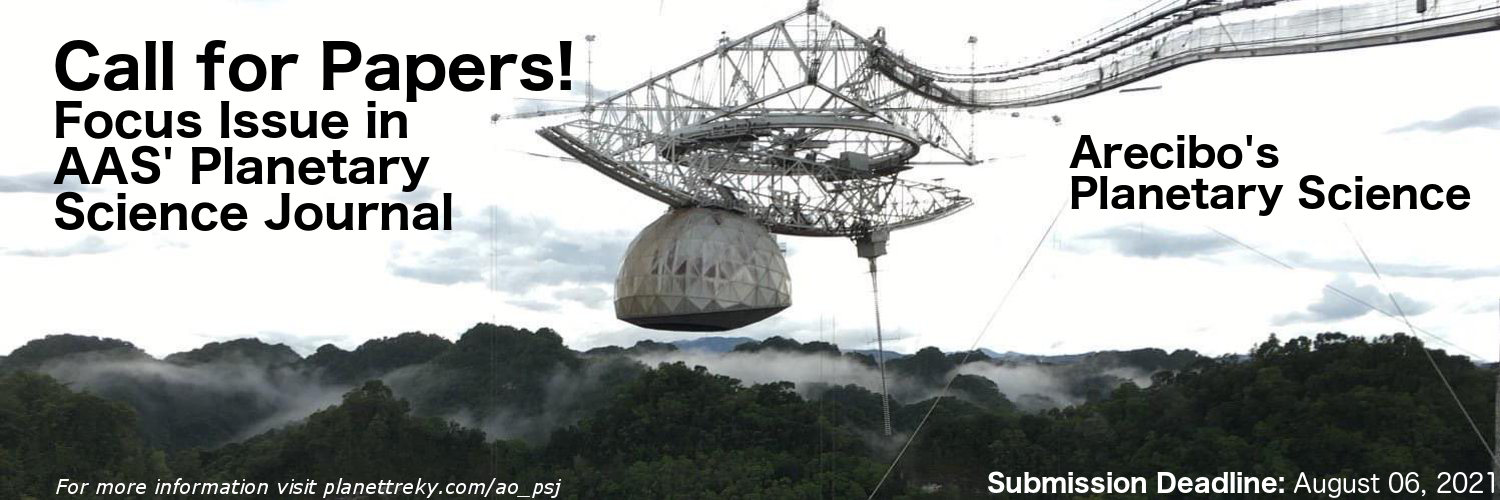
|
|
The Focus Issue on Arecibo’s Planetary Science in AAS’ Planetary Science Journal invites papers presenting recent planetary science results that make use of data from the Arecibo Observatory, including characterization of
planetary surfaces and small solar system bodies, as well as exoplanetary science enabled by the Arecibo Observatory. Review papers and historical papers for this Focus Issue will be accepted by invitation only.
Accepted manuscripts will be made available on the PSJ Focus Issue website as soon as they are published. To submit a paper for this Focus Issue, please include a note on the cover page of the manuscript submission (this can be
removed upon acceptance and before publication) and include a note in the AAS manuscript submission system.
|
|
Science Highlights
|
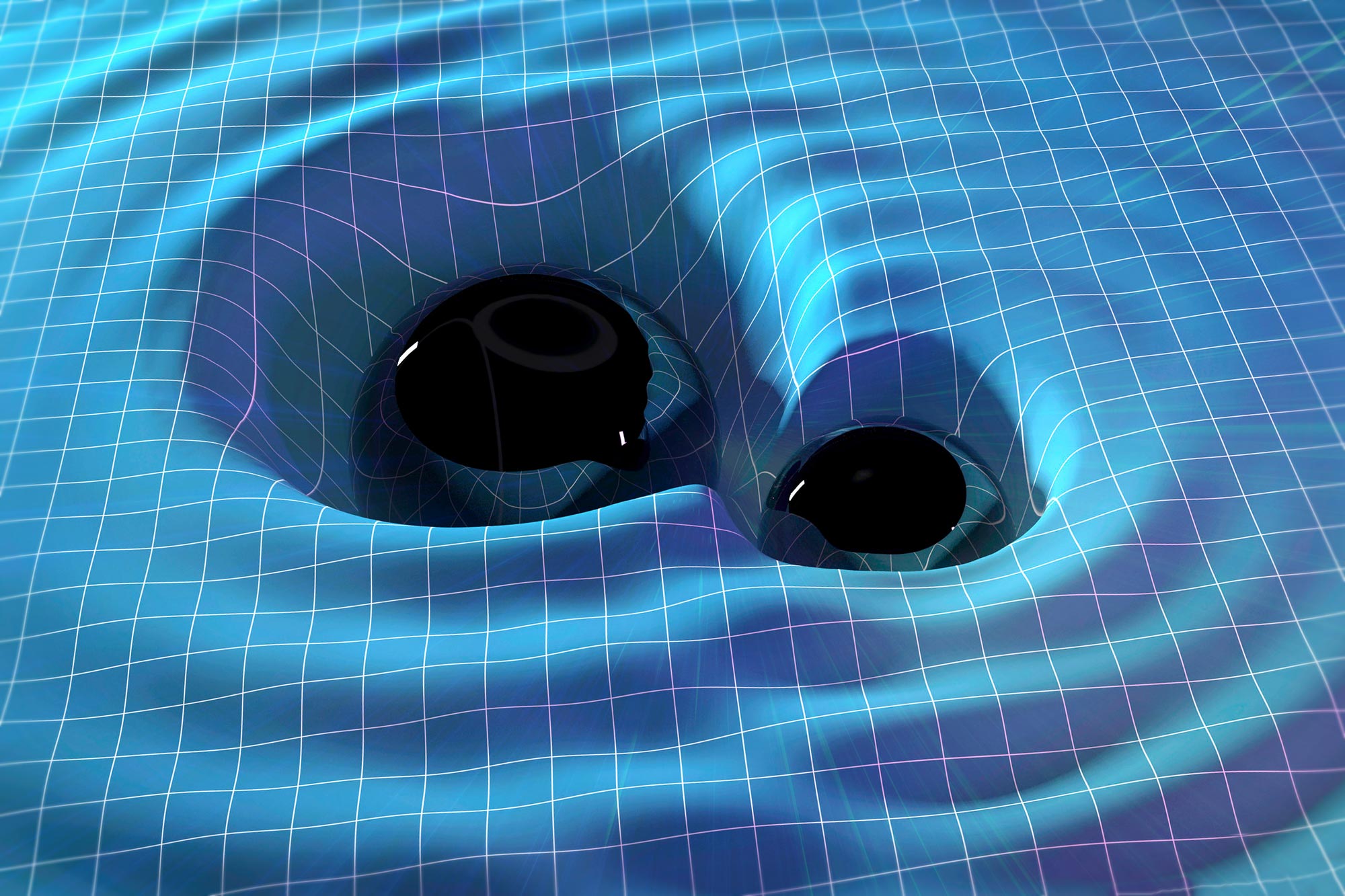
|
|
Hints of Low-frequency Ripples in Space-Time Detected
|
|
Through the analysis of over 13 years of data collected by the Arecibo Observatory and Green Bank Telescope, the NANOGrav project has possibly found the first hints of low-frequency gravitational waves. Detailed in a
new publication in Astrophysical Journal Letters, these results mark a potentially new regime for studying gravitational waves and the massive merging events that trigger them.
&bsp;
+ Read Press Release
|

|
|
Photocatalysts for Clean Energy and Clean Water
|
|
AO’s Executive Director of the Science & Visitor Center, Dr. Abniel Machín, led a study published in Biomimetics that analyzed photocatalysts with the intent to explore ways to replace fossil fuels with clean renewable resources and to properly degrade antibiotics that can contaminate drinking water, aiding bacteria’s resistance to the drugs.
+ Read More
|
|
|
|

|
|
Preparing for Human Exploration of Mars: Missions to Earth-based Analog Sites
|
|
AO postdoctoral researcher Dr. Dylan Hickson co-authored a new study assessing the results of a suite of instruments used during the AMADEE-18 human-robotic Mars mission simulation in the Dhofar region in the Sultanate of Oman.
+ Read More
|

|
|
Investigating Black Holes with the Arecibo Observatory
|
|
In December 2020, the Nobel Prize for Physics was awarded to scientists for their work studying Black Holes. AO Postdoctoral Scientist Dr. Sravani Vaddi shared her research, which uses the Arecibo Observatory, to investigate binary supermassive blackholes in our Universe.
+ Read More
|
|
|
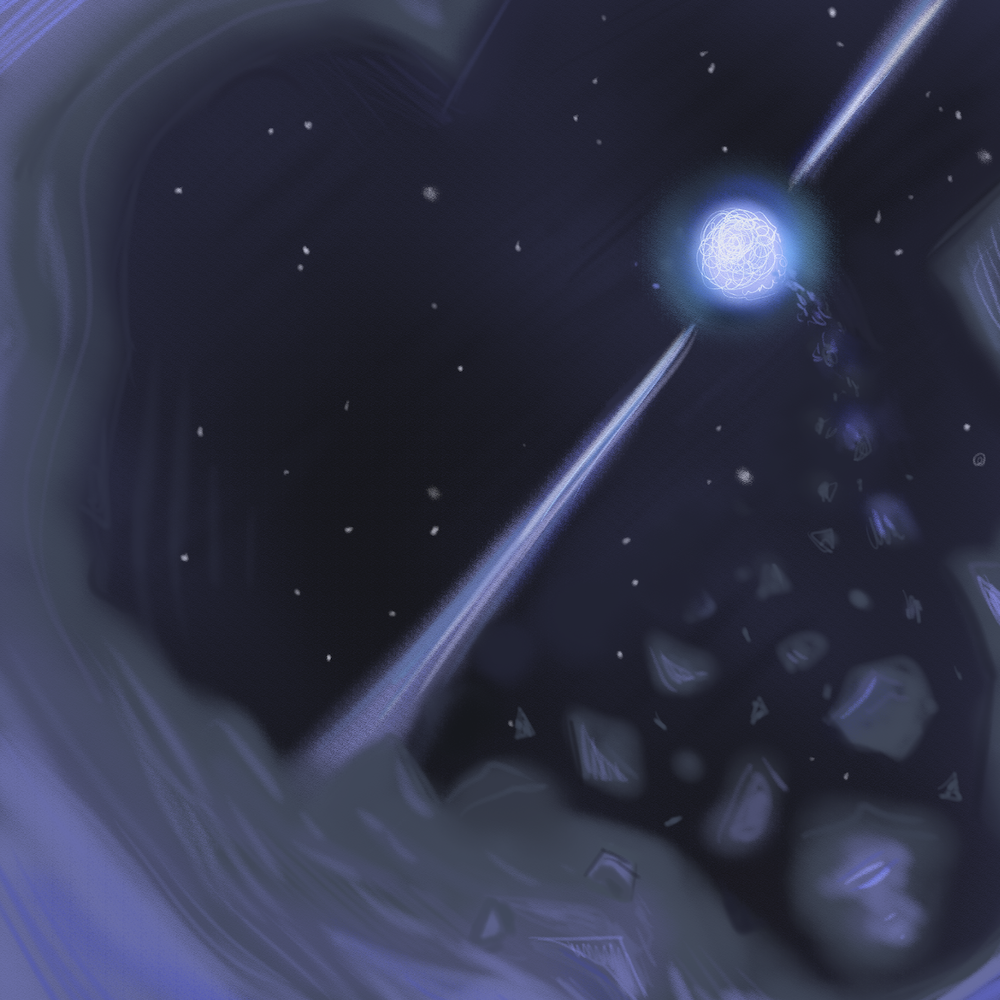
|
|
Arecibo Hunts Down “Spider” Pulsars
|
|
Several new binary pulsar systems known as Black Widows and Redbacks were discovered using the Arecibo Observatory. The discovery and timing results were catalogued in a study in the Astrophysical Journal led by former AO scientist Dr. Julia Deneva.
+
Read More
|
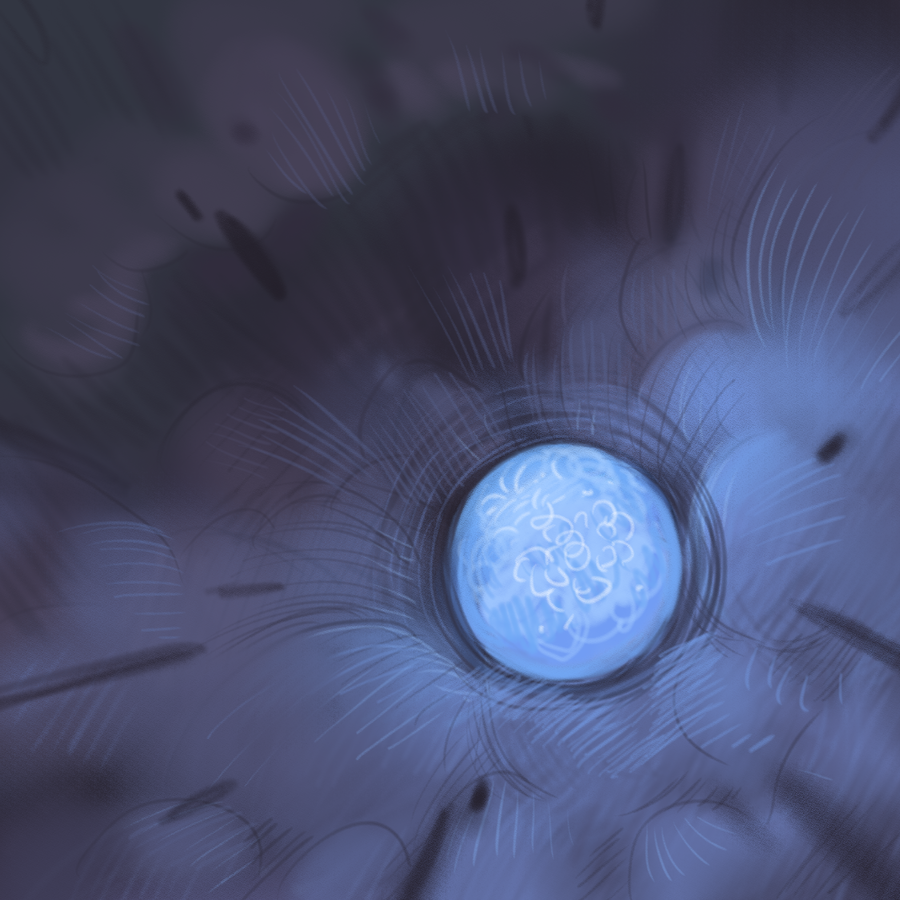
|
|
Molecular Gas and Star Formation in Satellite Galaxies
|
|
In a recent MNRAS publication, scientists compared their 3-D models of atomic and molecular gases to surveys from the Arecibo Observatory and the IRAM 30-meter telescope in Spain and found a lower concentration of gas in satellite galaxies, resulting in a lower star formation rate.
+ Read Press Release
|
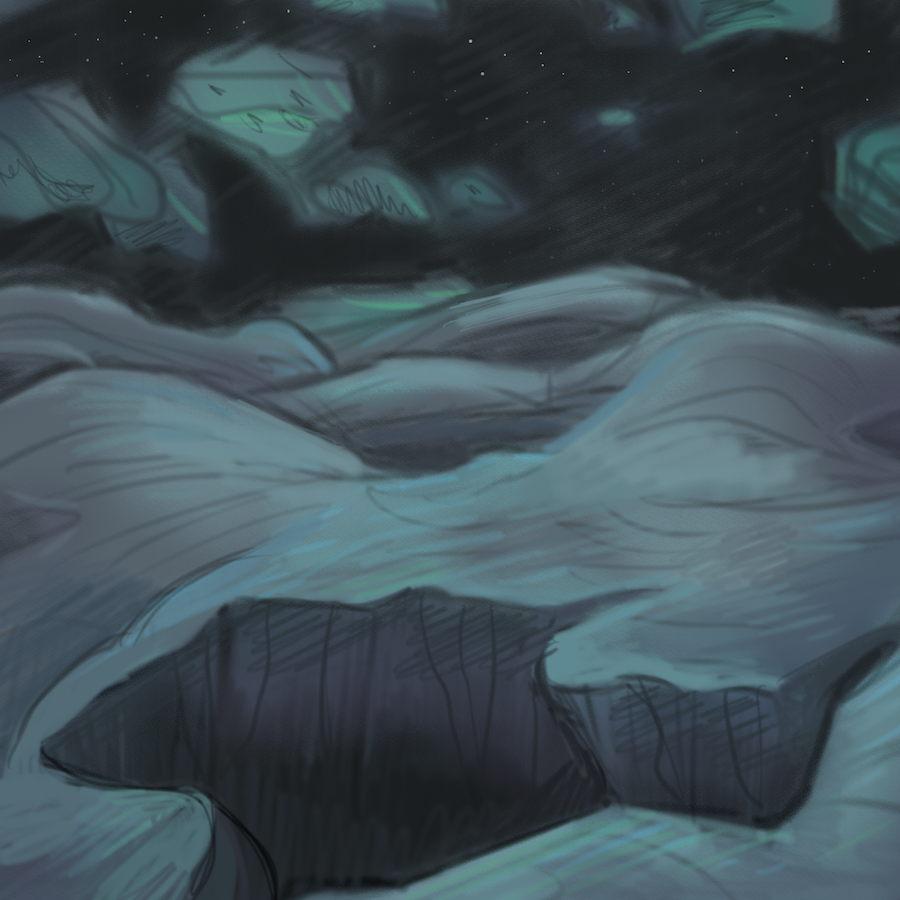
|
|
New Technique for Assessing Asteroid Surfaces
|
|
Using a more advanced technique to interpret Arecibo radar polarization observations, AO postdoctoral researcher Dr. Dylan Hickson and a team of current and former AO scientists compared new data from the OSIRIS-REx mission with the radar data to investigate surface properties of asteroids. The work was published in the Planetary Science Journal and can be used to better interpret the surfaces of hundreds of asteroids previously observed by Arecibo.
+ Read Press Release
|
|
|
|
|
|
#AOScienceNow
|
Check out the on-going and upcoming projects and facilities at the Arecibo Observatory, including the Arecibo Optical Laboratory (AOL), the Arecibo Lidar Facility (ALF), the Remote Optical Facility (ROF), the Culebra Aerosol Lidar (CARLA) Facility, the Callisto Spectrometer of the Arecibo Observatory, and the 12 m Arecibo Antenna. » Access our Projects Status Dashboard
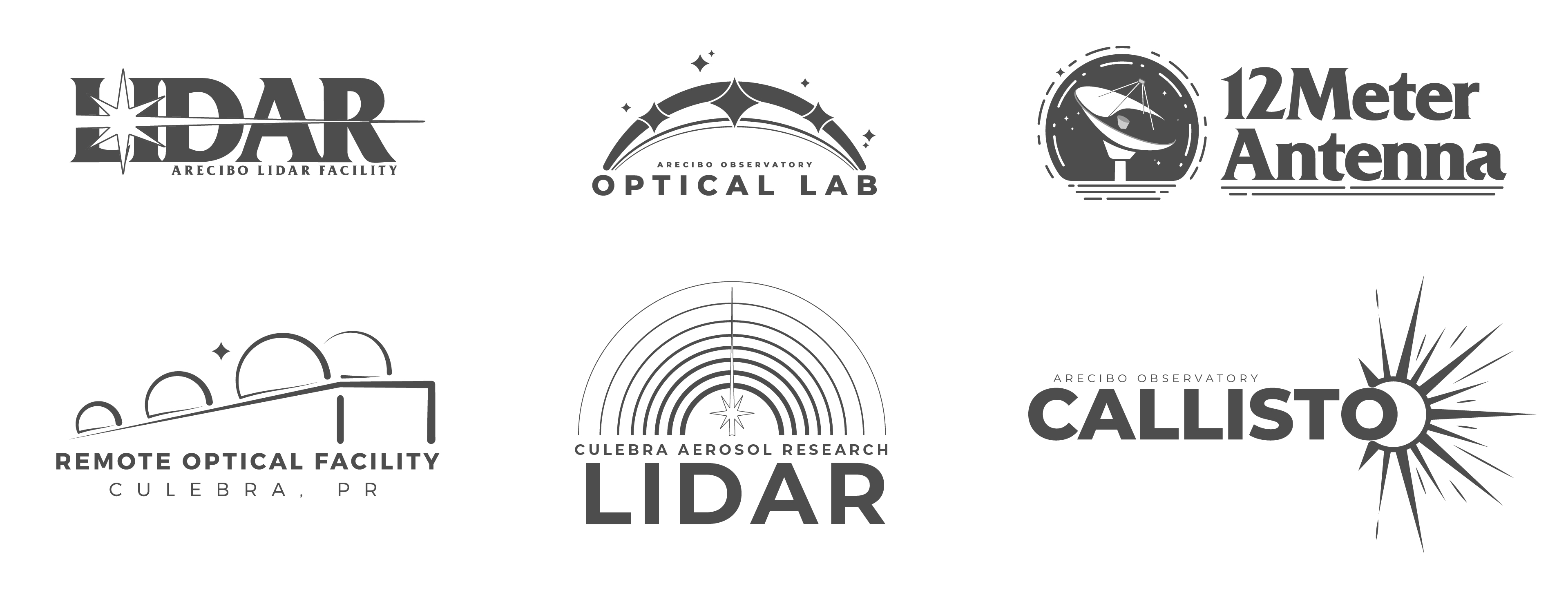
|
|
Reflecting on the Past and Future
|
|
of the Arecibo Observatory
|
|
|
|
In a time of great loss for the Arecibo Observatory, the local, scientific, and global community came together to support one another and the Arecibo Observatory staff. They also came together to continue the telescope’s legacy by dreaming big. Those connected with the telescope share their thoughts on the legacy, the community, and the future of the Arecibo Observatory.
 Word cloud reflecting the current sentiments of hope and positivity across the staff at the Arecibo Observatory. Word cloud reflecting the current sentiments of hope and positivity across the staff at the Arecibo Observatory.
+ READ MORE
|
|
|
|
Arecibo Receives Support and Encouragement Through Letters and Drawings |
The collapse of the 305-meter William E. Gordon radio telescope inspired a classroom of students near Orlando, Florida, to send letters of encouragement and sympathy to the staff at the Arecibo Observatory. Read the Puerto Rican Press Release in English or Spanish. Also, you can take a look to the UCF Press Release.
|
|
|
|
|
|
|
|
Education & Public Outreach |
|
|
|
|
|
|
|
|
|
Arecibo Education Efforts Remain Strong
|
|
The Ángel Ramos Foundation Science and Visitor Center of the Arecibo Observatory continues its mission to bring science education to the island of Puerto Rico with another exciting semester of the STAR program and through partnerships with local museums and science communities.
+ Read More
|
|
|

|
|
Inspiring the Next Generation of Space Explorers
|
|
AO Postdoctoral Scientist Dr. Dylan Hickson gave a virtual Space Exploration talk to a 7th grade class at the Robinson School in San Juan, Puerto Rico, primarily highlighting NASA’s OSIRIS-REx mission to the asteroid Bennu.
+ Read More
|
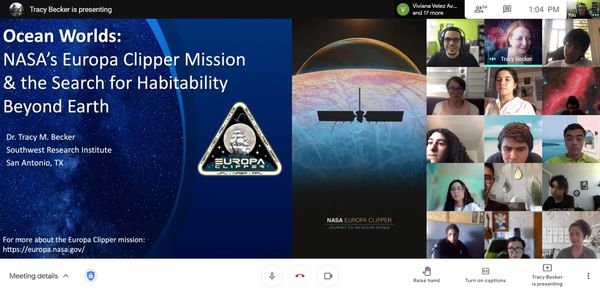
|
|
STARS Academy started in January 31st
|
|
Our Spring 2021 started with a new group of 30 students who are eager to learn about STEM. As our previous sessions, we have invited a group of scientists and engineers to serve as our guest speakers.
+
Read More
|

|
|
From Here to the Stars Podcast: A Look at the Arecibo Observatory
|
|
Listen here to this podcast episode focused on the role of the Arecibo Observatory in science, engineering, and the lives of scientists, featuring former AO director Dr. Michael Nolan, AO Science Communication Lead Dr. Tracy Becker, and scientist Dr. Gregory Matloff.
|
|
|
|
|
|
|